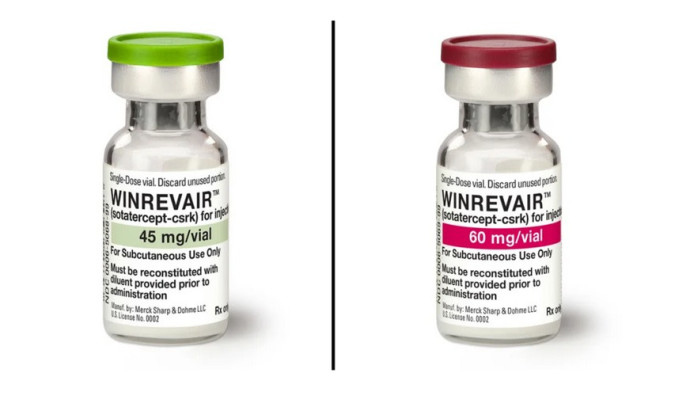Pulmonary embolism is a disease that primarily affects young people, especially women, and the highest incidence occurs between the ages of 30-40. However, it can also appear in later years. Patients with pulmonary embolism were categorized based on level of function and level of risk, ranging from 1 (highest function) to 4 (lowest function).
For a decade, there was no progress in the treatment of pulmonary embolism, with existing treatments mainly aimed at relieving symptoms. However, the US Food and Drug Administration (FDA) recently approved a breakthrough drug called sotatracept, the first of its kind to treat the disease itself, not just the symptoms.
Sotatracept works with a unique mechanism by inhibiting the component “activin” to change the mechanism of the cells that drive the disease. This approval marks a significant improvement for patients with pulmonary hypertension, offering better survival rates, delaying disease progression and reducing the risk of worsening events or death by approximately 84%.
According to prof. To Mordechai Kramer, director of the pulmonary department at Blinson Hospital, pulmonary hypertension is a serious and life-threatening disease, and sotatracept offers new hope for patients who have not responded well to existing treatments. The Department of Health usually approves FDA-approved drugs after reviewing research findings submitted by the company.
